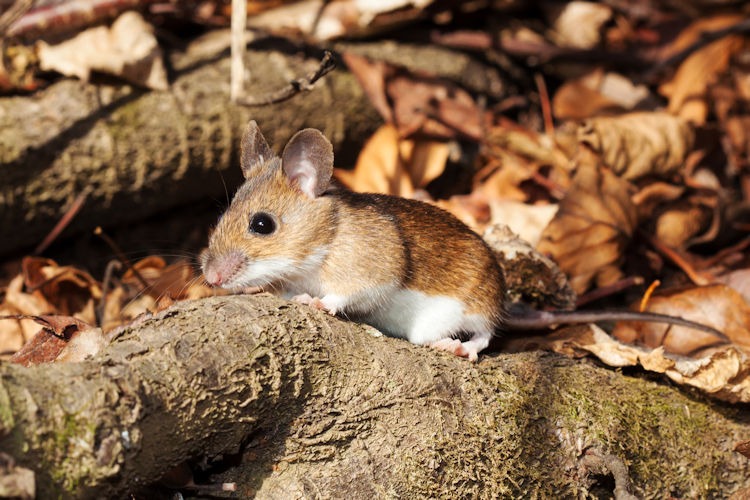How Do Mice Get into Our Homes?
Did you know that one female mouse can give birth to up to 60 baby mice a year? After this, the babies themselves can start breeding after a mere 6 weeks. What’s more, although mice in the wild generally live for a year, in the protected environment of your house””they can live for up to three years. That is a lot of mice, a lot of breeding going on, and a lot of potential damage in your home!
But how do mice get in, in the first place? To stop mice infestations, you need to start by figuring out where and how mice are getting into your home.
Not only do mice damage your home, but they also leave odors from their droppings and urine, and they carry other pests such as fleas and ticks and harbor diseases such as salmonella and Hantavirus.
If you want to know how mice are getting into your home so that you can prevent the havoc that they wreak, read on.
Utility Line Openings
Utility and HVAC line openings can present the perfect passage for a mouse to enter your house. The holes cut for these openings are often overly large, allowing for mice to easily crawl through them.
Chimneys
Chimneys offer another opening for mice, through which they can climb directly down into your house. Mice can climb vertical walls given enough grip, therefore scaling your exterior wall and abseiling down your chimney doesn’t present too much of a challenge for them.
Cracked Foundations
Mice can also gain access to your house via cracks in the foundation. If cracks are large enough, mice can easily squeeze through into your home.
Gaps Under Your Roof
Another entry point for mice can be the gaps under your eaves. Depending on the construction of your house, there may be fair-sized gaps that a mouse could fit through without an issue.
Exterior Basement Doors
Exterior basement doors, or “Bilco” doors, pose another possible entryway for mice. Between these doors, there are often gaps that are large enough for a mouse to fit through.
As mice have been proved to be able to squeeze through dime-sized holes””even if the gap does not look big enough to accommodate a mouse, it probably is!
Through Your Garage
Garage doors also do not seal 100% and often have gaps at their base through which mice can squeeze. Your garage can also pose as the perfect hiding zone for a mouse, especially if it contains a lot of stored items and inaccessible corners.
How Do Mice Get In? Through Almost Anything!
If you were wondering how do mice get in, now you know. The next thing to think about is how to STOP them from getting in. The best course of action is to remove any food sources, seal all gaps, cracks, line openings, and vents with either calking, mesh, or cement, and mouse-proof your chimney.
As this can be a time consuming and tricky job, you can also opt to call in the pros to handle this for you, as well as to exterminate any mice that are already in the house. If this sounds like the best option for you, we offer environmentally friendly rodent control services.
When the colder months set in, mice are driven to seek out shelter. The time to act is now, so don’t delay in mouse-proofing your home.
If you have any questions or comments, be sure to use the comment facility down below””we would love to hear from you! You can also contact us for more information.
NEED HELP?
If you live in Southern Maryland, or Northern Virginia
FIND YOUR SOLUTION HERE
People, Pet & Pollinator Safe! Pest control for people who care.

